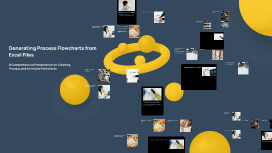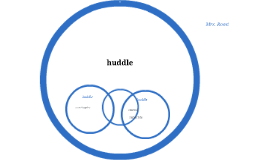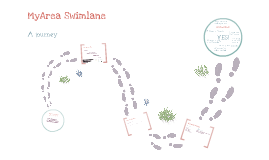Flowchart Presentation
Transcript: Consistency in Symbol Usage Proper Flow and Sequence Consistent use of symbols improves flowchart readability and reduces confusion. Standardize symbols and meanings for a cohesive and understandable visual representation. Maintaining a logical flow and sequence in a flowchart is crucial for accurate representation. Ensure steps follow a coherent order to facilitate decision-making and process understanding. Clarity and Simplicity Best Practices for Flowchart Design System Design and Documentation Data Visualization Flowcharts play a crucial role in system design by illustrating the flow of processes, data, and interactions within a system. They are essential for documenting complex systems, designing new systems, and communicating system functionalities to stakeholders. One of the key benefits of flowcharts is their ability to visualize complex data and processes in a simple and structured manner. By using symbols and flow lines, flowcharts represent data flow, relationships, and decision points effectively, aiding in comprehensive data analysis and interpretation. Decision Analysis Clear and simple flowcharts enhance comprehension and streamline processes. Avoid clutter and unnecessary complexity to convey information effectively. Applications of Flowcharts Flowcharts are valuable tools for decision analysis, providing a visual representation of different decision paths and outcomes. They aid in evaluating options, defining criteria, and making informed decisions based on structured logic. Effective flowchart design ensures clarity, simplicity, and logical sequence. Consistency in symbols enhances understanding and decision-making. Flowcharts are widely used for various applications, including process mapping, decision analysis, and system design. Explore how flowcharts enhance organizational efficiency and decision-making processes. Process Mapping Process mapping with flowcharts involves visually representing the steps involved in a process. It helps in identifying bottlenecks, streamlining processes, and improving overall efficiency and productivity within an organization. Planning the Flowchart The first step in creating a flowchart is to outline the process flow before diagramming it. Choosing the Right Symbols Creating a Flowchart Selecting appropriate symbols ensures clear communication and understanding of the flowchart. Planning, selecting symbols, and constructing accurately are crucial for an effective flowchart. Constructing the Flowchart Construct the flowchart sequentially using the selected symbols to represent the process accurately. Connectors and Arrows Connectors and arrows in a flowchart visually connect different elements, indicating the logical flow of information between steps and ensuring a coherent and structured representation of processes. Decision Points Decision points in a flowchart signify points where choices or alternate paths are presented, influencing the direction of the flow based on specific conditions or criteria. A flowchart comprises start and end points, process steps, decision points, and connectors with arrows, guiding the flow of information. Start and End Points Process Steps The start point initiates the flowchart, while the end point marks the conclusion of the process, providing clear entry and exit points for the flow of information. Process steps represent individual actions or tasks within the flowchart, detailing the sequence of operations required to achieve a specific outcome. Flowchart Presentation Creating a Dynamic Visual Flow Exploring Different Types of Flowcharts Understanding the variations in flowchart types can enhance the effectiveness of visual communication and problem-solving processes. Combined Image Search Query flowchart symbols, data flow diagram, swimlane flowchart Basic Flowchart Swimlane Flowcharts A basic flowchart is a versatile diagram that represents a process using standard symbols, aiding in clear communication and decision-making. Swimlane flowcharts visually categorize process steps by responsible entities, enhancing clarity and accountability in complex workflows. Data Flow Diagrams Data flow diagrams show the flow of data within a system, highlighting processes, data stores, and data movement for analysis and optimization. Introduction to Flowcharts Flowcharts are visual representations of processes or systems. They use symbols and diagrams to illustrate the flow of steps in a sequential order. Importance of Flowcharts in Visual Communication Definition of Flowcharts Flowcharts play a crucial role in enhancing communication and understanding complex processes by visually breaking them down into simpler steps. A flowchart is a graphical representation of a process, showing the steps and decisions involved through various symbols and connecting lines. Design at work... A final point, a quote, more context — adapt the template to fit your needs. Remember that your presentation is almost done, so keep it simple. Provide any

















